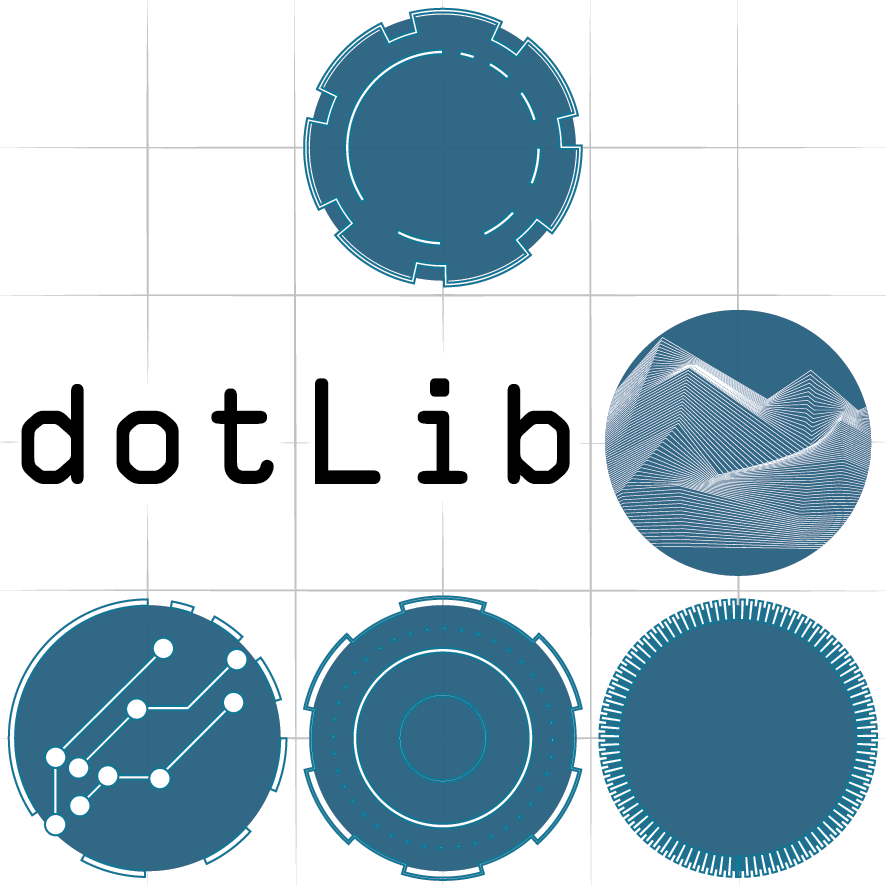At Dotlib we are always looking for new and interesting ways to interact with sound. We have been developing some ideas for new instruments for the electronic orchestra at Threeways School that allow people to play with sound whilst following a few design rules, what we want is:
- A focus on natural interaction, i.e. form affirms function and in this vein we talked about the opening and closing of a box to control a filter
- Instruments that do not involve pressing on flat glass like a tablet screen, we want something more tangible
- Preferably some local feedback in the form of vibration
- Objects that are nice to hold and feel, perhaps finished in wood with a nice varnish like a traditional stringed instrument
- As we need to focus on accessibility we need to consider not depending on finger dexterity
- We want to provide an instrument that really offers a chance for the player to express them self
- We need to tread the line with offering the user control over the creative process, whilst enabling the orchestra as a whole to play cohesively - the real challenge!
We have been looking at a couple of initial ideas for development in terms of the outer casing of the instruments and the inner gubbins that make it work. They are the ‘filter box’ and the ‘pressure box’.
Filter Box
A box that can sense how much it is open and link to a filter in an electronic instrument.
A nice wooden box with a hinged lid that operates very smoothly. We have been looking at what type of box might be suitable and hinges that are robust and pleasing to open, and also what kind of sensor components would give the right kind of response. Thoughts so far include:
- LDR (light dependent resistor) on the inside so that as the lid is opened, the amount of light hitting the sensor changes the filter, this is a affordable option as this component is cheap to purchase but the problem comes when trying to calibrate the sensor as ambient light levels can change during a performance and in different environments.
- Flex sensor against the inside of the lid so that as the lid is closed the flex sensor is compressed. Flex sensors cost around £7 each so not as affordable as the LDR but does not have to be calibrated as they should always give the same reading. Homemade flex sensors can be made extremely cheaply as seen in this instructable, we have some ready made from a previous project that we will trial in this instrument which follow a similar set-up but use anti-static foam at the centre.
- Stretch sensor attached between the bottom and the lid of the box, this would give readings when stretched open and could be used as a nice string to pull the lid closed to give tactile feedback.
- Magnet on the lid and hall effect sensor inside so that as the magnet moves away the sensor returns to the base value.
We will have to do some small prototypes to figure out the cheapest and best way to create this box!
Pressure Box
A deformable surface, think tambourine but with a stretchy skin that can then be pushed into to create or manipulate sound. There are a couple of places the inspiration for this has come from, the first is the pads on the Alphasphere and the second is the Firewall. We are still looking to have the wooden outer to hold but perhaps in a circular shape. Options for the sensor include:
- Electronic force sensor
- Air pressure sensor (this would require a sealed box)
- Cheap DIY force sensor
- Distance sensor placed underneath the skin
We will be developing and testing from these initial ideas and will connect those blog posts related to that to here so you can keep up to date with the progress on these new instruments for musical expression!
